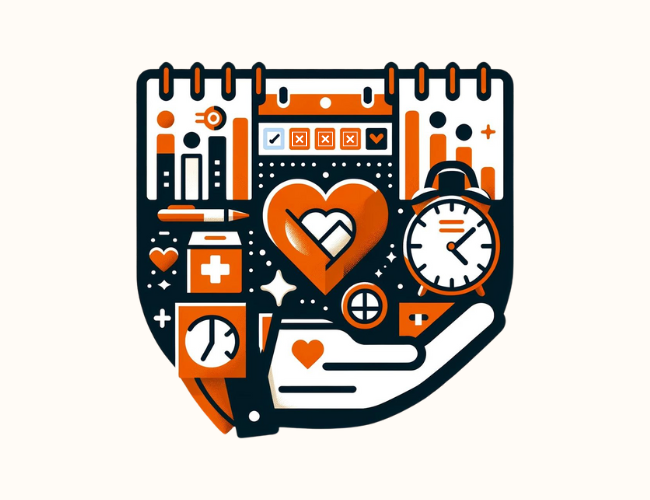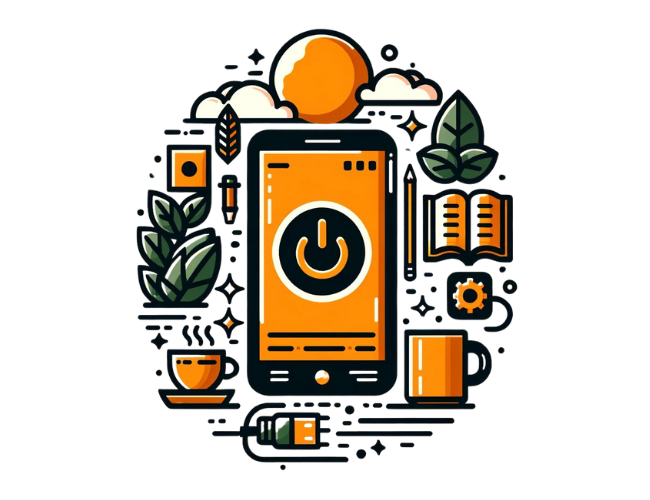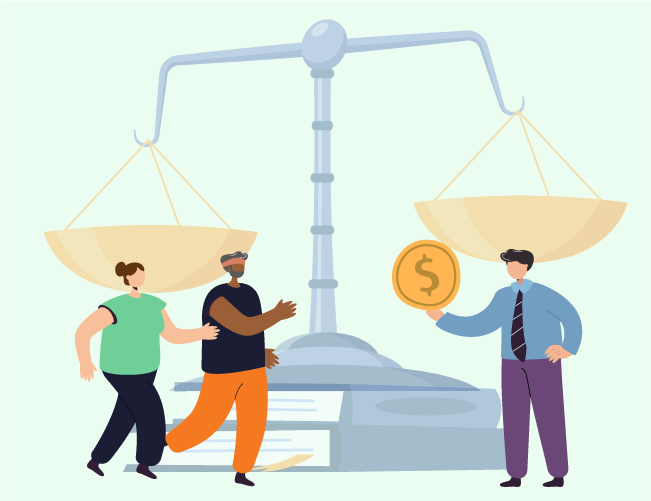Following years of anticipation, the U.S. Equal Employment Opportunity Commission (EEOC) is finally moving forward with new guidance regarding incentives in employee wellness programs. In a public meeting held on June 11, 2020, commissioners gave an overview of the new proposals. While the rule changes still await finalization, approval from the White House Office of Management and Budget, and implementation before becoming law, experts are already weighing in on what these rules will mean for employers.
Barbara Zabawa, founder and president of the Center for Health and Wellness Law, joined a webinar recently to address some of the major questions surrounding the details of the proposals, as well as to explain some of the changes employers can expect to make to their wellness programs in order to be in compliance with the upcoming rules.
How Are “De Minimis” Incentives Defined?
In the proposed EEOC changes, a wellness program would only be deemed legal and “voluntary” if they did not offer more than “de minimis” incentives. However, the commissioners did not elaborate on that definition. One of the biggest questions surrounding these new rules is: What, exactly, qualifies as “de minimis?” Unfortunately, employers will need to wait until the finalized rules are written and the EEOC defines this term specifically.
However, Zabawa does offer some suggestions on what that “de minimis” definition might look like by drawing on already-established legal definitions of the term. According to the Internal Revenue Service (IRS), de minimis benefits are items so small that accounting for them is “unreasonable or impractical” and not subject to income tax. This includes items such as apparel, trinkets, in-office snacks or coffee, occasional meal or transportation expenses associated with overtime work, or holiday gifts. It does not include cash or “cash equivalent” items such as gift cards.
Al Lewis, an industry expert that hosted the webinar, suggested that employers can easily avoid dealing with the “de minimis” requirement by making a screening or exam for a wellness program a choice; this would make the program truly, completely voluntary.
Which Programs Fall Under the ADA’s Safe Harbor Rule?
Another notable change to the EEOC rules involves the “safe harbor” rule in the American with Disabilities Act (ADA). These provisions state that insurers and plan administrators are not prohibited from “establishing, sponsoring, observing or administering the terms of a bona fide benefit plan based on underwriting risks, classifying risks, or administering such risks that are based on or not inconsistent with state law.”
In 2016, the EEOC’s stance was that safe harbor could not apply to employee wellness programs. The new proposals seek to change that and revive safe harbor for health-contingent programs that meet ADA and Health Insurance Portability and Accountability Act (HIPAA) regulations. In those cases, the new de minimis rule would not apply. This applies whether or not an exam or screening is voluntary and would include group health plan wellness programs. In these cases where safe harbor applies, employers could incentivize employees up to 30% of the total cost of healthcare premiums for participants.
What Is The New Guidance On Employee Privacy and Confidentiality?
There is limited additional guidance regarding the privacy of employee information. Employers would only be permitted to collect aggregated medical information from employees, and they could not take any actions that might disclose an employee’s identity. Furthermore, they could not require employees to agree to the sale, transfer, or disclosure of their medical information.
Additionally, one amendment was approved after the proposals passed in a 2-1 vote by commissioners. Proposed by the one dissenting commissioner, this amendment requires employers to ask third-party wellness vendors about the privacy and confidentiality standards they are using. However, this doesn’t require those vendors meet any specific standards or safeguard certain information. All the amendment requires is that an employer ask.
Since HIPAA does not always apply to wellness programs, there is still a regulatory gap when it comes to confidentiality standards and workplace wellness programs. At this point, it seems that the commission has not decided to fill in that gap with these rules. However, the amendment may encourage wellness vendors to be more mindful of privacy concerns if they want to create confidence in their ability to manage employee privacy well.
When Will These Proposals Become Law?
The EEOC noted that they are early in the process of finalizing these proposals and implementing them as official rules. Changes will likely be made after significant feedback from the public. While the EEOC Spring Regulatory Agenda indicates a July 2020 release date, it is not uncommon for those scheduled dates to come and go. Thus, the final rules may not be implemented until 2021.












